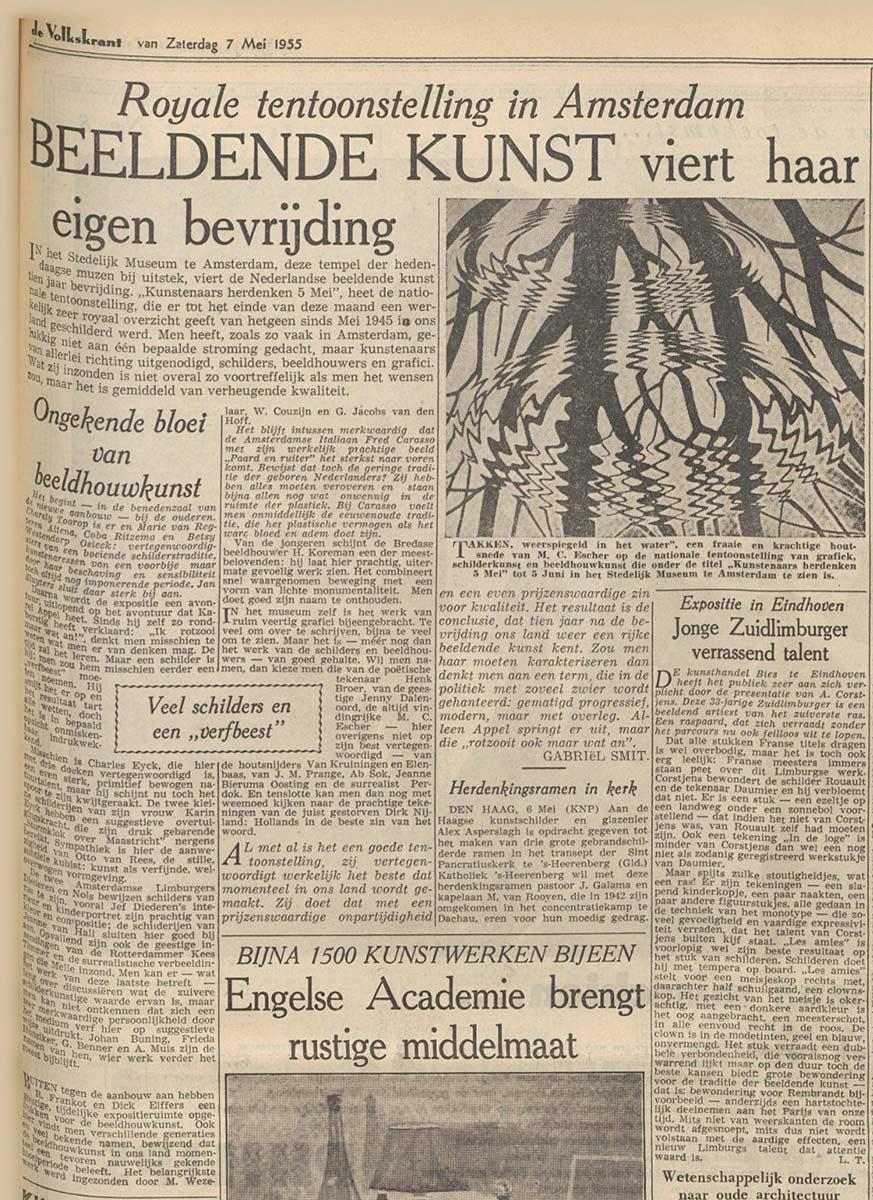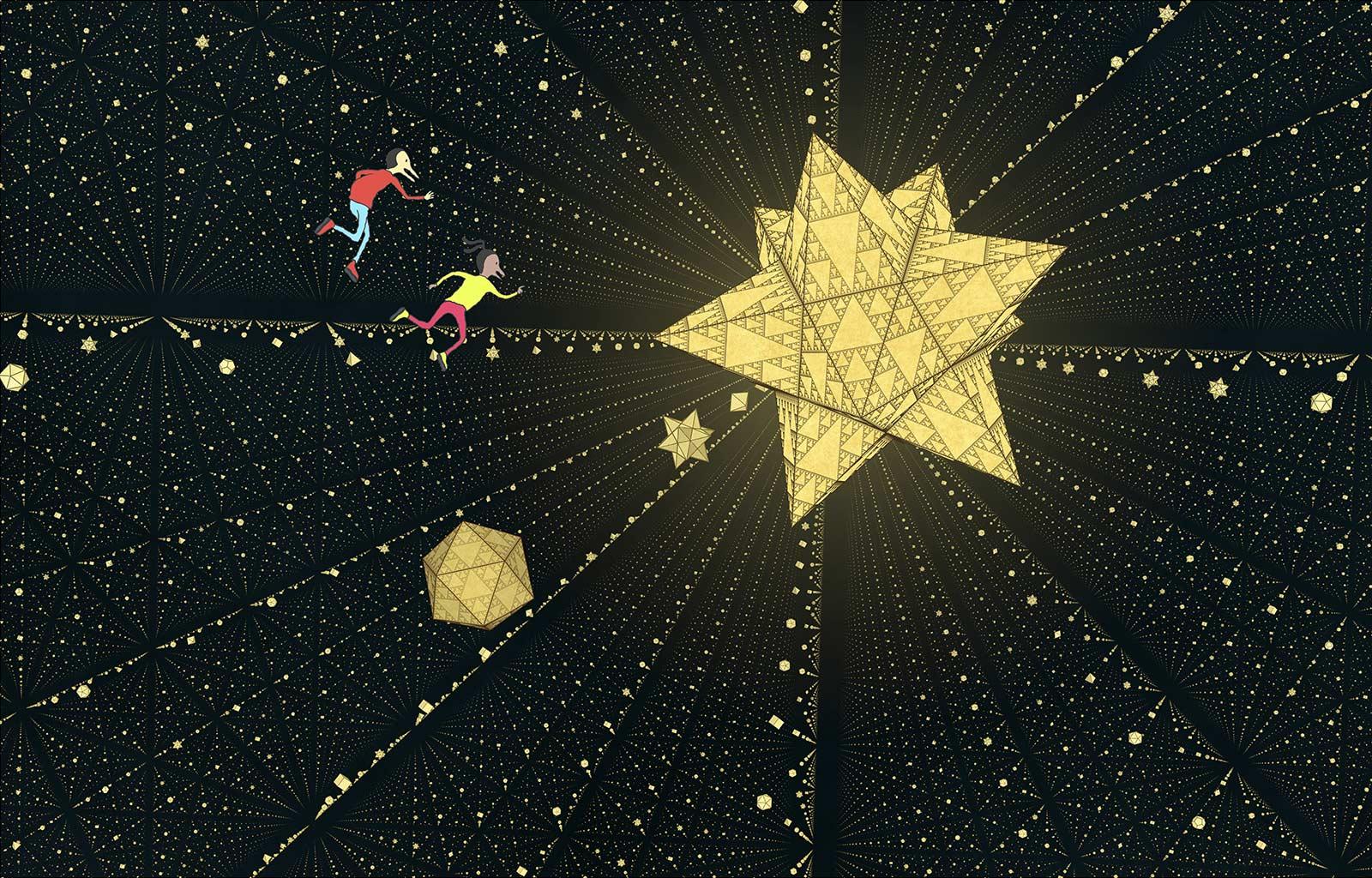
Escher was a hiker and an observer. Fortunately, these two pursuits go hand in hand. In his Italian years, Escher went on a long hike every spring through areas such as the Abruzzo and Calabria, which were still quite inhospitable. While doing so, he looked around in awe and contemplated the beautiful nature and idiosyncratic landscape that he found there. As an observer he had an eye for the micro as well as the macro. He could look at a plant or an insect with just as much admiration as a mountain or a coastline. After he moved to Baarn in 1941, he continued to be a fanatical walker and observer, spending many hours wandering through the woods around his home and paying just as much attention to the typically Dutch nature as to Italian nature.
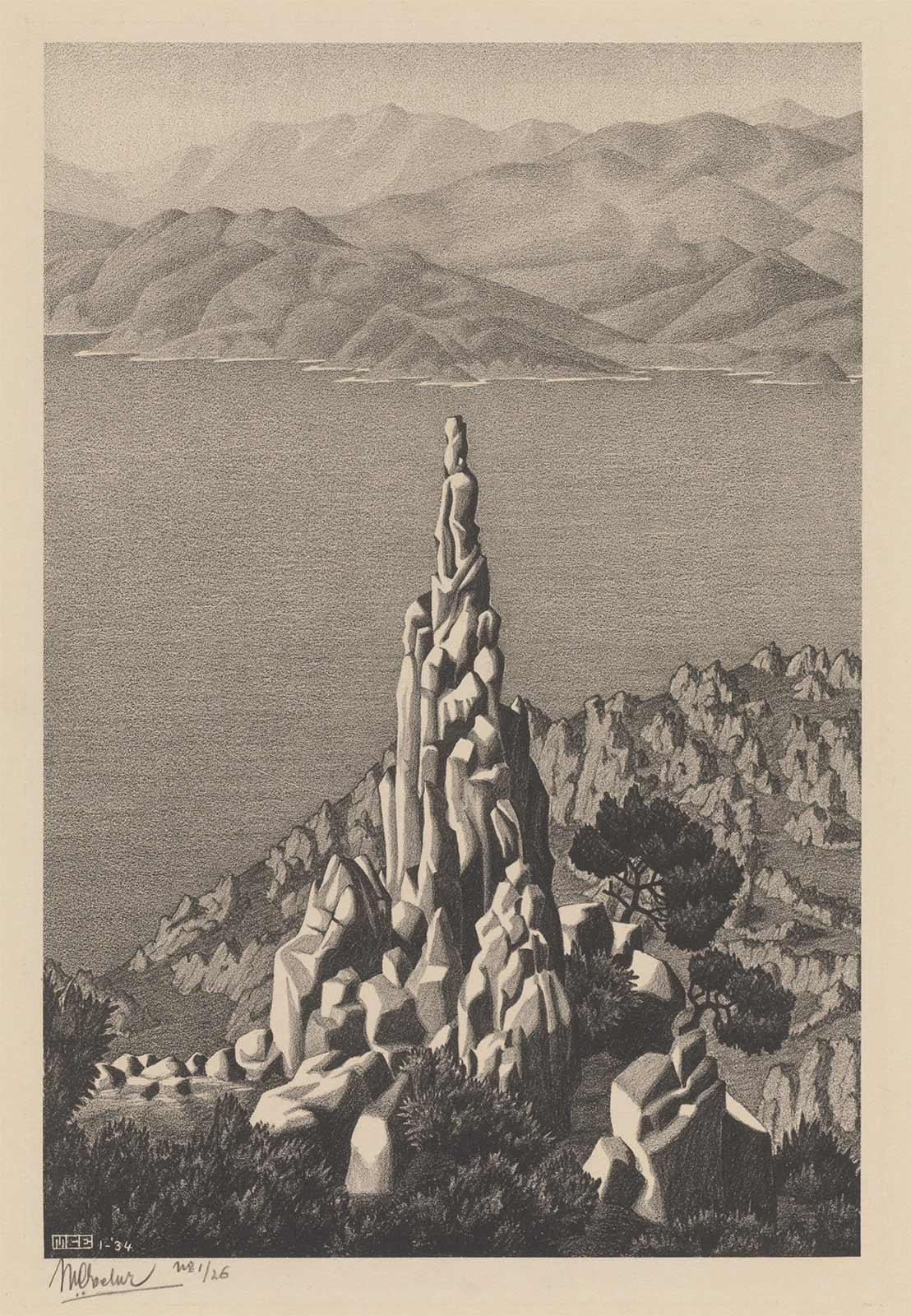
In the spring of 1933 he visited Corsica, the French island that in terms of feeling might as well have been Italian. Corsica was part of the Roman Empire for a long time and was subsequently occupied by the Republic of Genoa for centuries. Only after the French Revolution did it become an integral part of France. The inhospitable island was like a magnet to Escher due to its rugged, varied landscape and the lack of people.
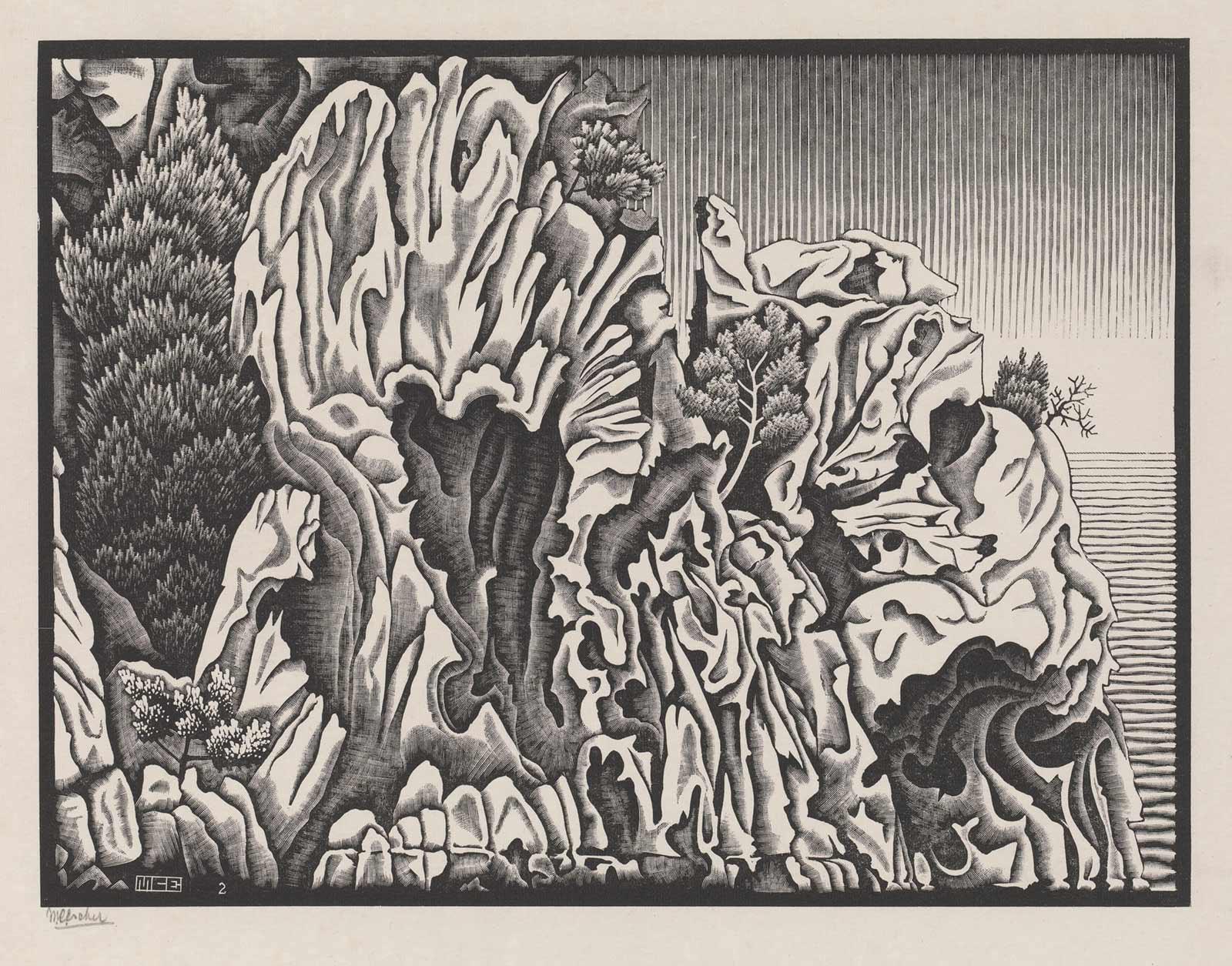
Intriguing rock formation
This wasn’t Escher’s first visit to the island. He had gone there in 1928, a trip that had resulted in prints about such places as Calvi(1933), Corte (1929) and Bonifacio (1928). In May 1933 he visited Corsica together with his friends Giuseppe Haas-Triverio and Roberto Schiess. Their wanderings about the island brought them to places like Bastia, Nonza, Ajaccio, Portovecchio, Ghisoni and again Calvi, Corte and Bonifacio. On 11 May 1933, they walked from the coastal town of Porto to Piana in the mountains. Along the way they passed a two-kilometre-long rock formation that intrigued Escher so much that the three men stayed in the area for several days. Like Calvi, Corte and Bonifacio, this also was a second visit. Nowadays, the Calanques de Piana are one of Corsica’s tourist highlights, but at the time the adventurers probably had this wonderful landscape to themselves.
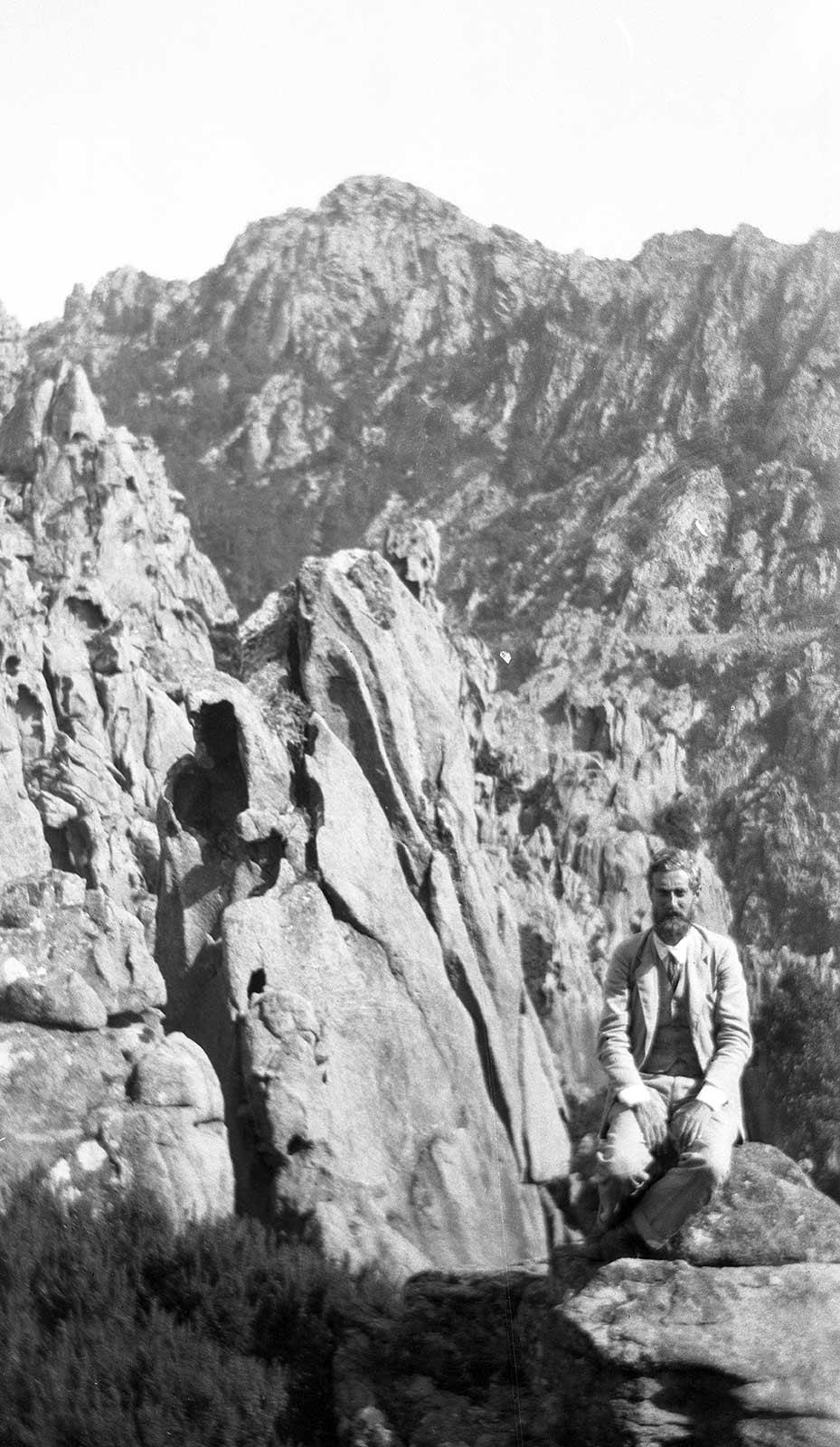
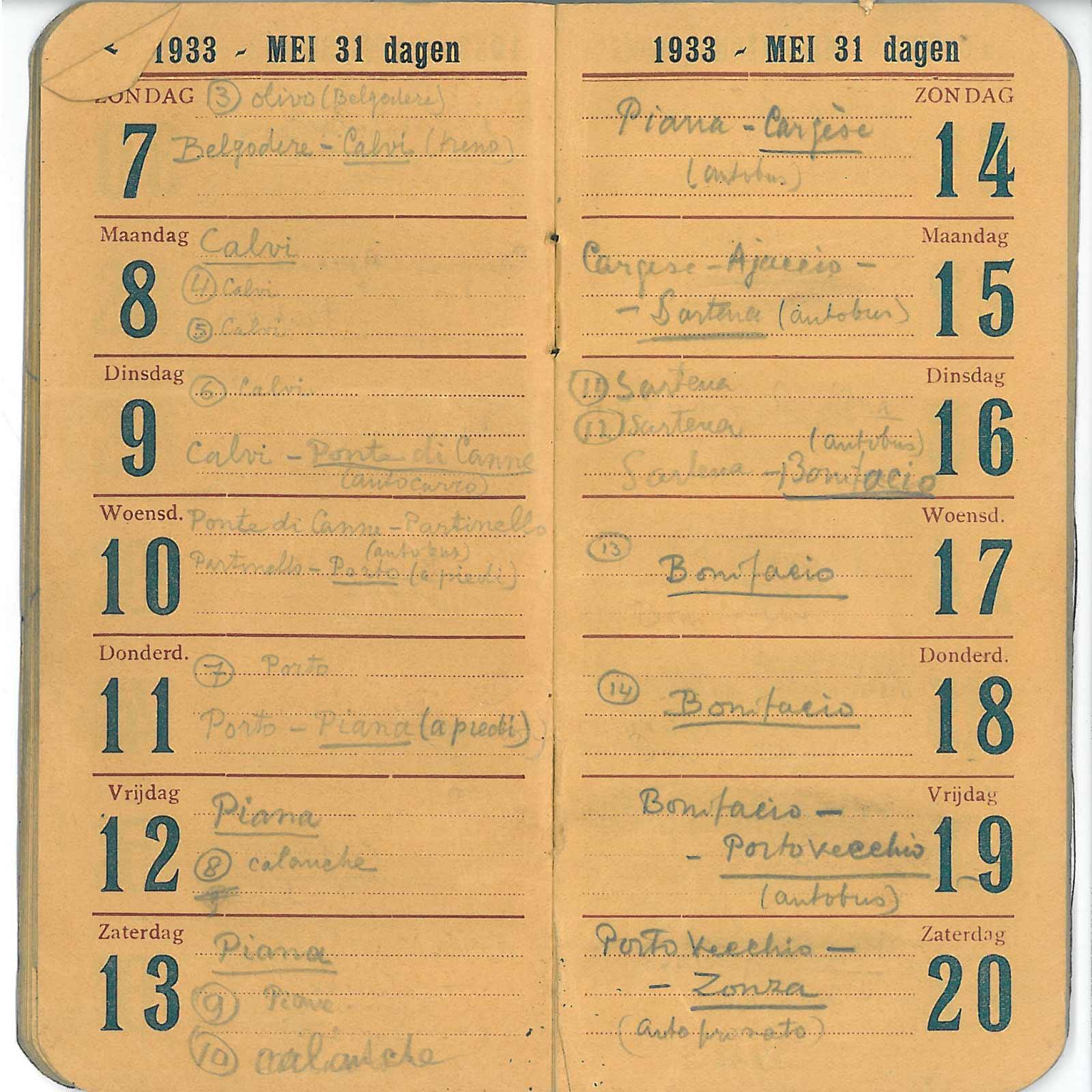
These remarkable rock formations sensationally change colour over the course of the day, from gold to pink to fiery red. The wind and water have carved inlets in the coastline and formed an infinite series of intriguing rocks. Escher, Schiess and Haas-Triverio produced a number of photos and drawings of them, and Escher later turned two of his drawings into prints. In the lithograph Escher depicts the Gulf of Porto with a high protruding rock in the Calanques in the foreground. In the wood engraving, he transforms the rocks into almost abstract forms. The area is so special that it was added to the UNESCO World Heritage List in 1983.
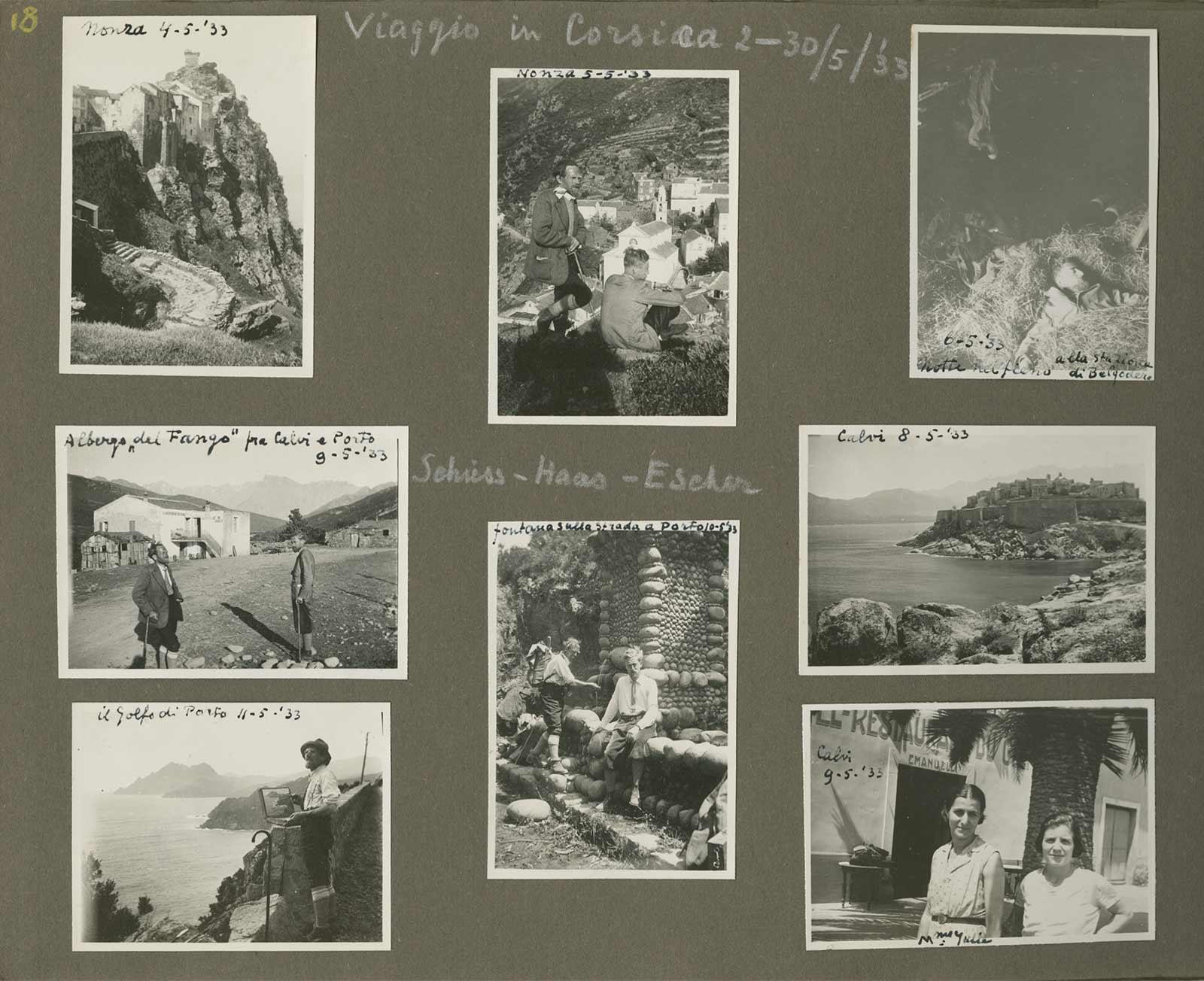
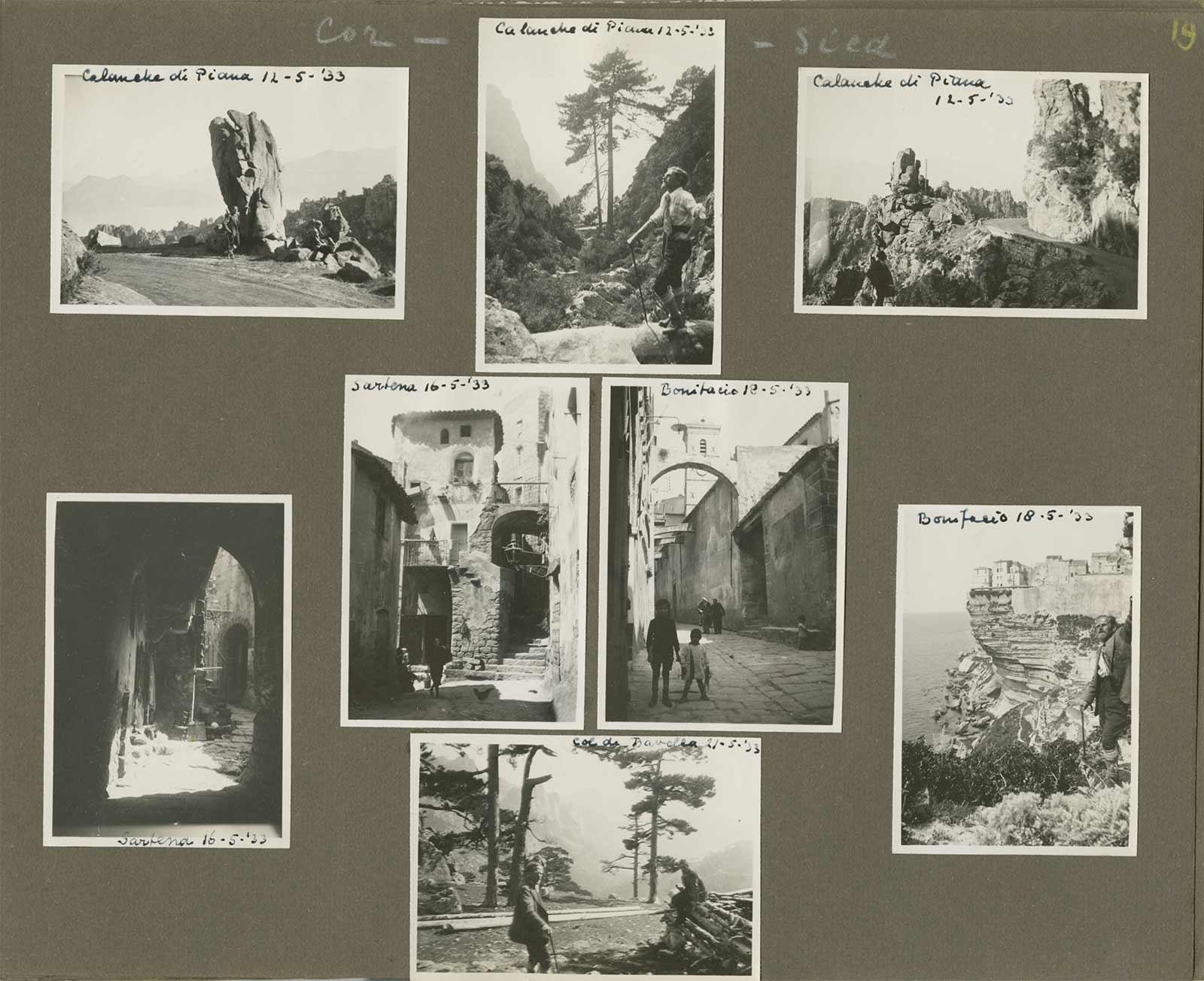
Map is loading...
More Escher today
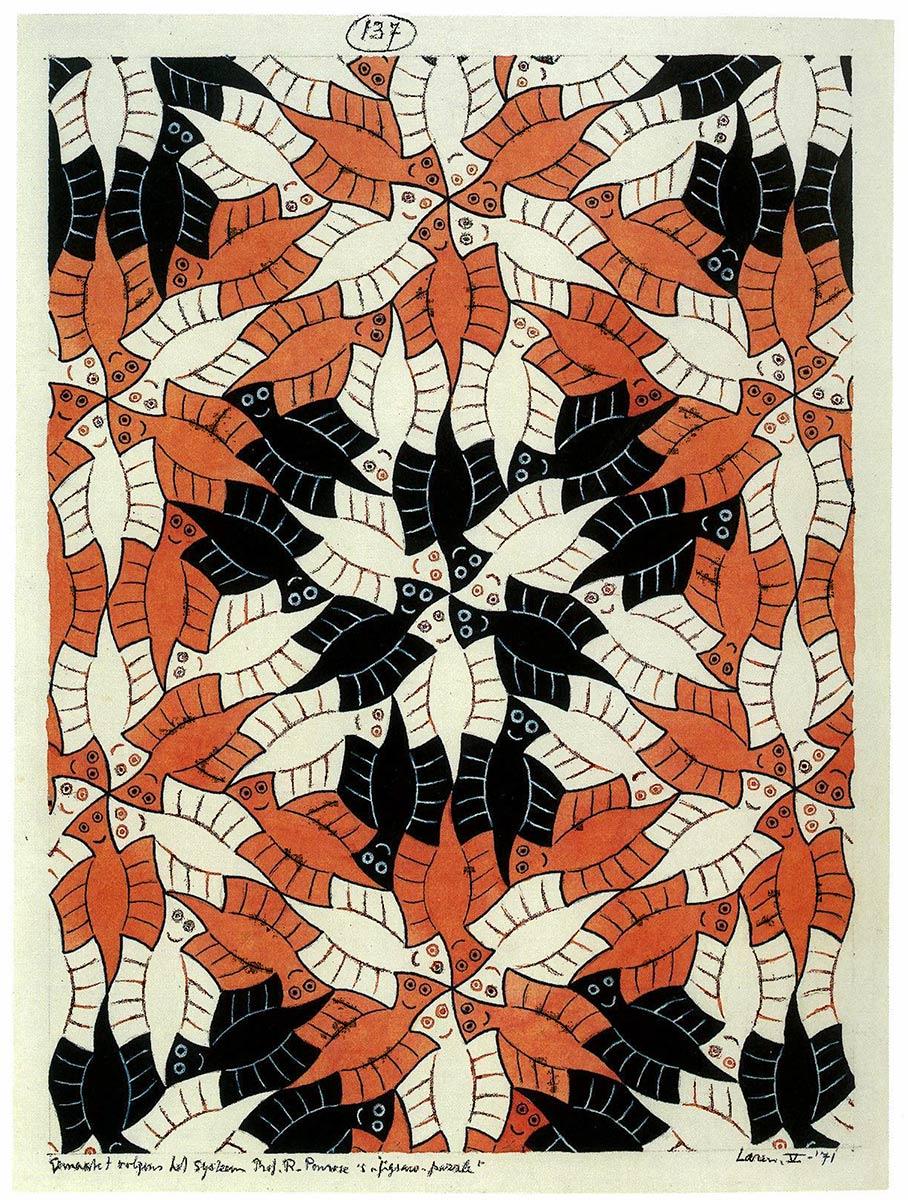
The Roger Penrose puzzle
